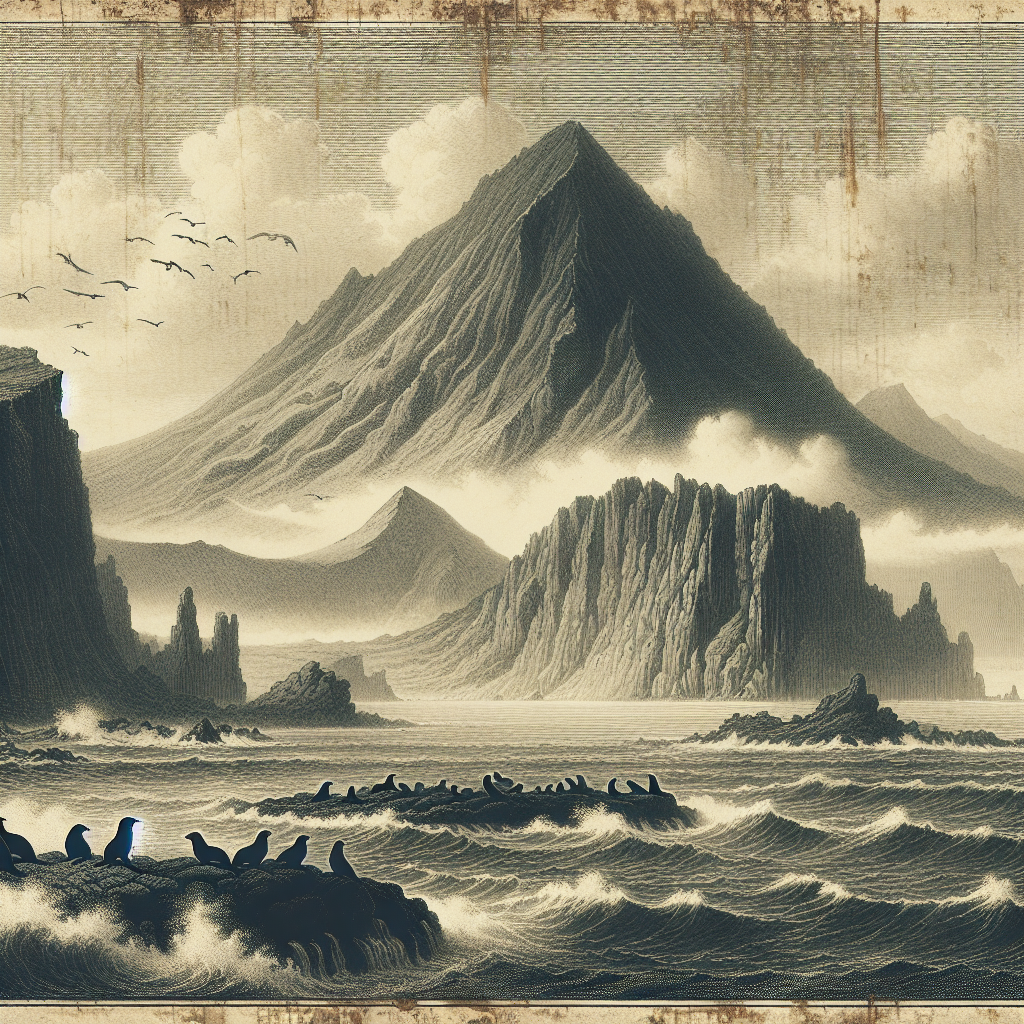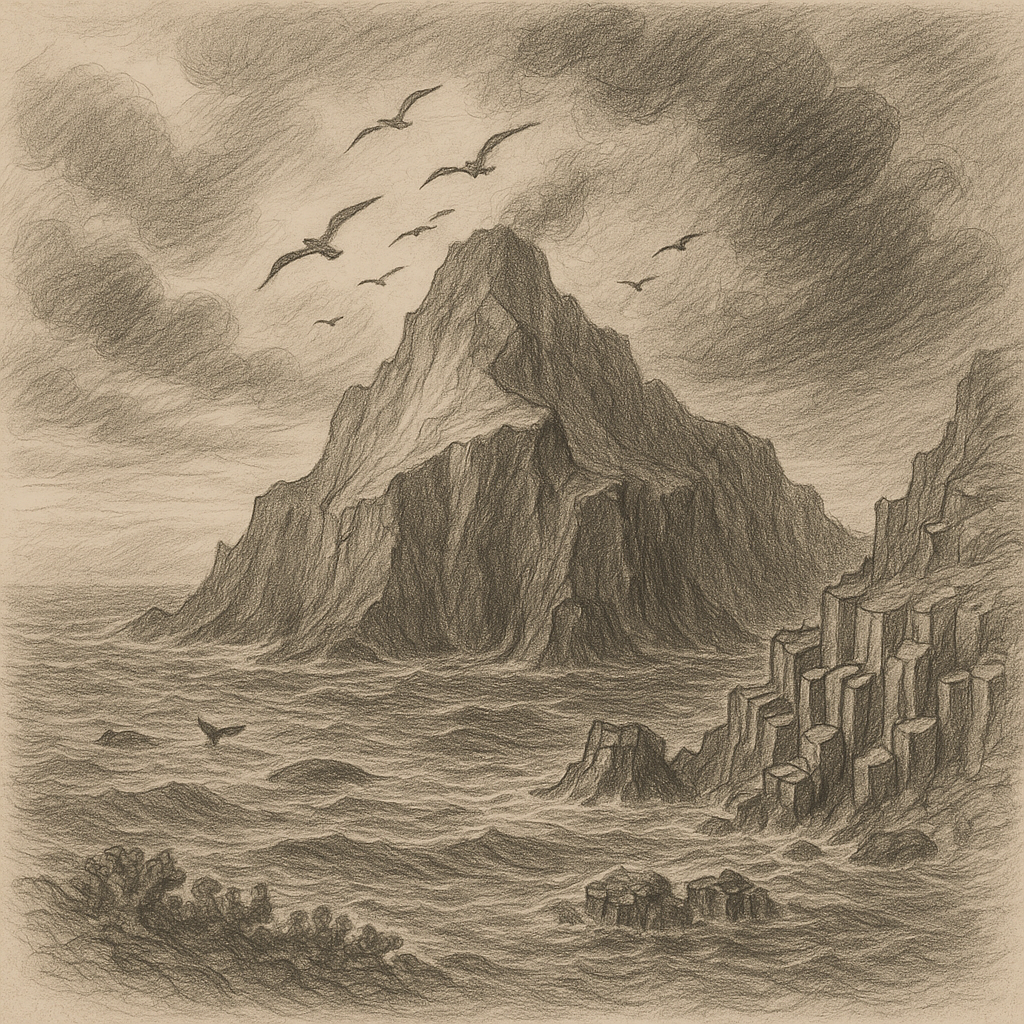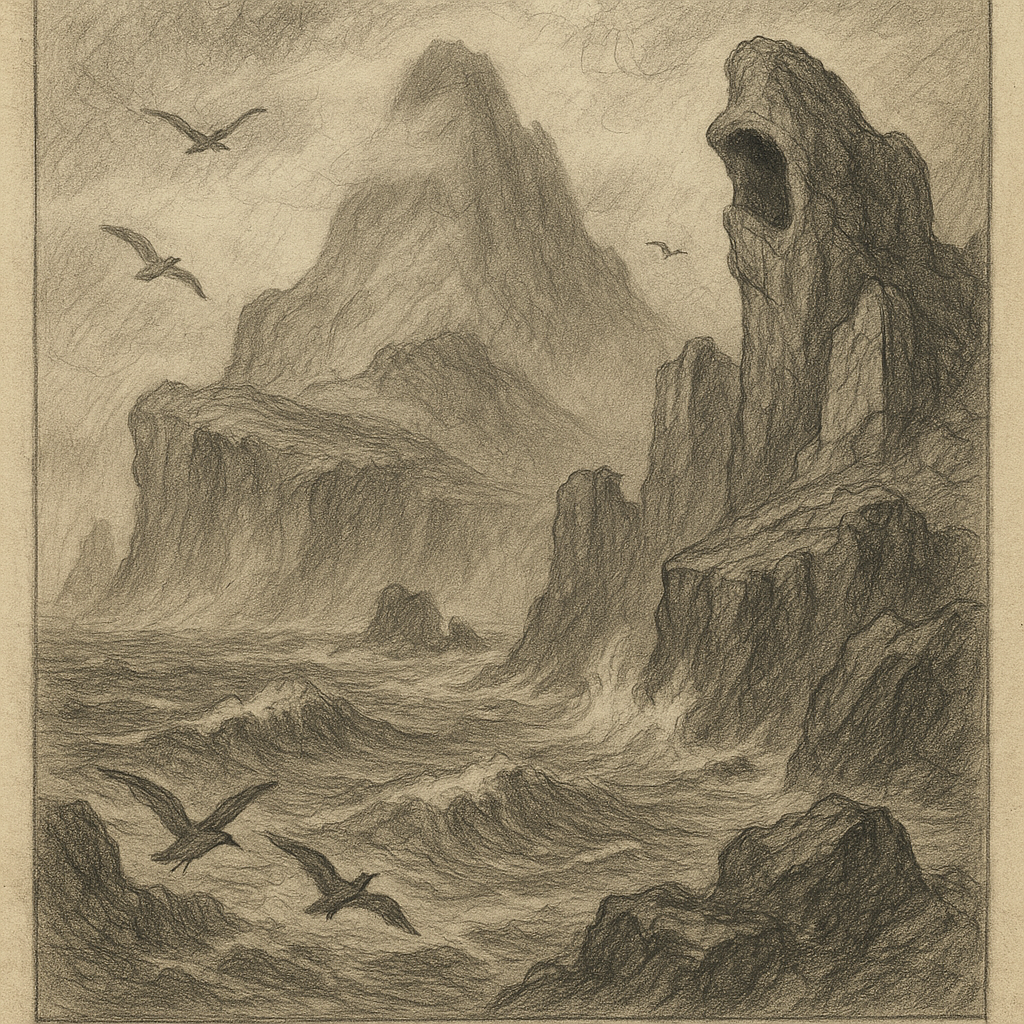Tristanite Island: A Hidden Gem in the Remote Southern Ocean
Tristanite Island, a little-known speck in the vastness of the Southern Ocean, stands as one of the most isolated landmasses on Earth. Located far from common shipping lanes and distant from continental shores, its rugged beauty and enigmatic history beckon the few who dare to explore. Mysterious, windswept, and biologically fascinating, Tristanite Island remains a lesser-known marvel of our planet.
Geographical Overview
Positioned roughly 2,400 kilometers southwest of Cape Town, South Africa, and over 2,800 kilometers east of South America, Tristanite Island lies deep within the South Atlantic Ocean. It is part of the Tristan da Cunha archipelago, often overshadowed by its better-known neighbors like Tristan da Cunha Island and Inaccessible Island. However, Tristanite Island itself is uninhabited and set apart by its even more extreme remoteness, craggy terrain, and largely pristine natural environment.
Shaped by volcanic activity millions of years ago, the island rises dramatically from the ocean floor. It measures approximately 7 square kilometers in area, with the central peak of Mount Caligo reaching an elevation of 620 meters above sea level. Jagged cliffs encircle much of the island, making access incredibly difficult without calm sea conditions and specialized boat landings.
Geological and Volcanic Features
Tristanite Island is the exposed summit of a dormant volcano that was part of the same geological processes forming the nearby archipelago. It sits along the Mid-Atlantic Ridge, where tectonic activity has birthed a trail of seamounts and volcanic islands through millions of years.
The island boasts rugged lava fields, hardened basalt formations, and hot springs in its lower slopes that still steam faintly—suggesting geothermal heat not far beneath the surface. While there are no recorded eruptions in human history, volcanic soil dominates the island’s geography, contributing to sparse but distinctive vegetation.
Climate and Biodiversity
Tristanite Island experiences a cool temperate oceanic climate, heavily influenced by the surrounding Southern Ocean. Temperatures rarely rise above 17°C or fall below 5°C year-round. Due to its location, the island is often shrouded in mist and battered by strong winds, with an average annual precipitation of nearly 2,000 mm.
Despite the harsh climate, the island supports an array of hardy plant and animal life. Low-lying mosses, ferns, and subantarctic grasses dominate the vegetation. The cliffs offer breeding grounds for numerous seabirds, including the Tristan albatross and great shearwater, both of which are considered vulnerable or endangered. Fur seals and occasional elephant seals can be found resting on the rocky coastlines.
Its waters are teeming with marine life—kelp forests thrive offshore, sheltering a variety of fish species endemic to the region. The Southern right whale and orcas are frequent visitors during migration periods.
Human Exploration and Limited Access
Unlike some other islands in the Tristan da Cunha group, Tristanite has never harbored a permanent human population. Its formidable terrain and lack of natural harbor have largely deterred human settlement. Scientific exploration has been rare and limited to a handful of expeditions sanctioned by environmental and academic institutions.
Entry onto the island requires a special permit from the Tristan da Cunha Island Council, and visits are generally allowed only for environmental research or conservation work. Due to the island’s delicate ecosystem, restrictions on human activity are stringent.
Interesting Facts about Tristanite Island
– Tristanite Island holds the record as one of the least visited islands in the South Atlantic.
– It is home to a species of moss that exists nowhere else on Earth: Bryum tristanica, identified during a 1984 botanical survey.
– The cliffs of Tristanite serve as crucial nesting grounds for some of the world’s rarest seabirds.
– Underwater caves near its shoreline are being studied for their unique cold-water coral systems.
– Satellite imagery during the southern hemisphere summer sometimes reveals unusual glacial-like patterns on the island’s peak—caused not by snow, but by frost heaving patterns in the soil.
Myths and Legends of Tristanite Island
Tristanite Island is not just a geological marvel—it is also steeped in legend and whispered tales passed down by sailors who ventured too close. The most enduring of these tales is that of “The Light of Caligo”—a mysterious blue glow said to emanate from the mountain’s peak during moonless nights.
Early 19th-century whalers believed the light was a signal, or perhaps a curse. One legend claims an exiled navigator cast ashore by pirates vowed to guard a hidden treasure at the mountain’s heart for eternity. Sailors claim they hear whispers on the wind when sailing nearby, compelling them to steer clear—some insist it’s the navigator’s soul, protecting it still.
Another tale speaks of mirror-like pools deep within the mountaintop that show visions of the future if looked into during solstices. Although no such pools have been definitively documented, this story continues to entice the most adventurous researchers with a flair for the arcane.
Conservation Efforts and Future Outlook
In recent decades, Tristanite Island has drawn increased attention from conservationists. As a largely untouched environment, it offers a rare glimpse into undisturbed ecological processes. Organizations focused on island restoration, seabird protection, and climate studies see great potential here.
Efforts are underway to catalog all known species on the island, including its insect population, which remains poorly understood. Despite the rough conditions, automated weather stations and wildlife cameras have been installed to monitor environmental changes remotely.
The future of Tristanite Island lies in careful stewardship. Its isolation is both a shield and a challenge. Balancing scientific exploration with ecosystem preservation remains the primary goal for organizations invested in its fate.
Conclusion
Tristanite Island stands as a testament to the rugged beauty and mystery that can only be found in Earth’s most remote locations. From its volcanic core to its windswept cliffs and cryptic legends, it remains a place of wonder rarely touched by human hands. For those who seek the allure of the unknown and the purity of untainted nature, Tristanite offers something few places on Earth still can: silence, sanctuary, and a sense of the profound.



